Zidovudine CAS 30516-87-1
Zidovudine is a potent and selective inhibitor of HIV-1 replication.
Fire Hazard Flash point data for Zidovudine are not available; however, Zidovudine is probably combustible.
General Description: Slightly off-white odorless powdery solid.
Zidovudine (ZDV), also known as azidothymidine (AZT), is an antiretroviral medication used to prevent and treat HIV/AIDS.
It is of the nucleoside analog reverse-transcriptase inhibitor (NRTI) class. AZT inhibits the enzyme (reverse transcriptase) that
HIV uses to synthesize DNA, thus preventing viral DNA from forming.
HIV prevention
AZT has been used as post-exposure prophylaxis (PEP) in combination with another antiretroviral, lamivudine, substantially
reducing the risk of HIV infection following the first single exposure to the virus (such as a needle-stick injury involving blood
or body fluids from an individual known or suspected of being infected with HIV) (though its use in PEP has largely
been replaced by tenofovir as a component of a three drug combination).
AZT is now a principal part of the clinical pathway for both pre-exposure prophylaxis and post-exposure treatment of
mother-to-child transmission of HIV during pregnancy, labor, and delivery and has been proven to be integral to uninfected
siblings’ perinatal and neonatal development. Without AZT, as many as 10 to 15% of fetuses with HIV-infected mothers
will themselves become infected. AZT has been shown to reduce this risk to as little as 8% when given in a three-part
regimen post-conception, delivery, and six weeks post-delivery. Consistent and proactive precautionary measures, such
as the rigorous use of antiretroviral medications, cesarean section, face masks, heavy-duty rubber gloves, clinically segregated
disposable diapers, and avoidance of mouth contact will further reduce child-attendant transmission of HIV to as little as 1–2%.
During the period from 1994 to 1999 when this was the primary form of prevention of mother-to-child HIV transmission,
AZT prophylaxis prevented more than 1000 parental and infant deaths from AIDS in the United States. In the US at this time,
the accepted standard of care for HIV-positive mothers was known as the 076 regimen and involved 5 daily doses of AZT from
the second trimester onwards as well as AZT intravenously administered during labour. As this treatment was lengthy and
expensive, it was deemed unfeasible in the global south, where mother-to-child transmission was a significant problem. A
number of studies were initiated in the late 1990s that sought to test the efficacy of a shorter, simpler regimen for use in
‘resource-poor’ countries. This AZT short course was an inferior standard of care and would have been considered malpractice
if trialed in the US; however it was nonetheless a treatment that would improve (at least to some extent) the care and survival
of impoverished subjects, given local realities and the “shortages of staffing, medication and equipment that bound the possibilities
of care” in such settings. The trials were highly controversial and highlighted the inability of researchers to align the local realities,
such as the inaccessibility of the AZT, with the scientific and ethical protocols designed in ‘resource-rich’ countries.



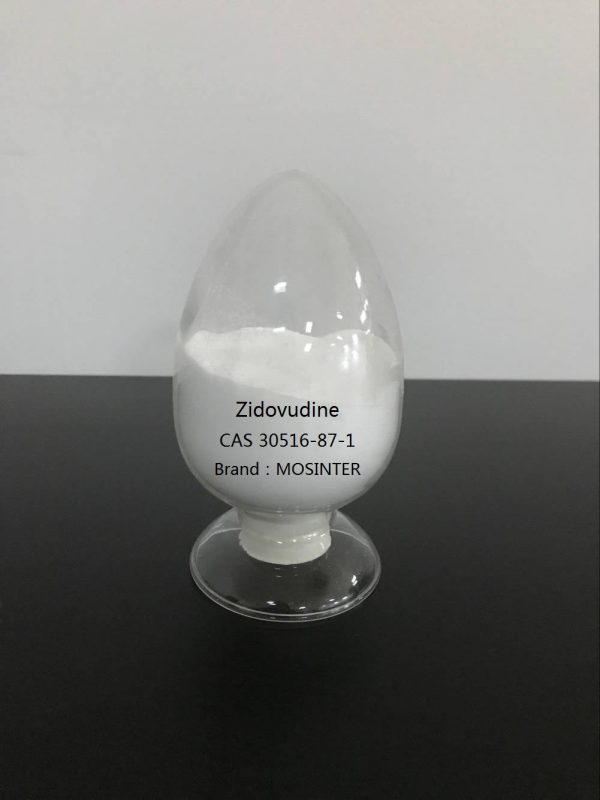
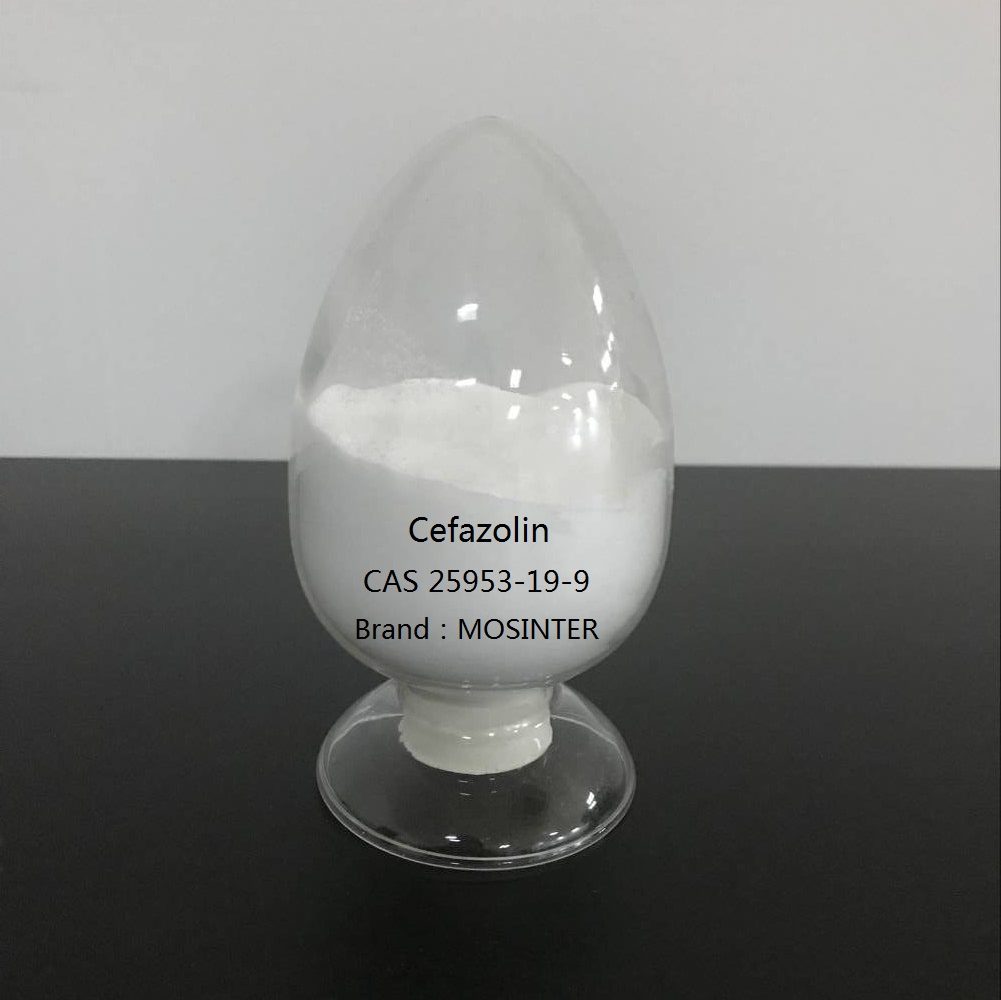
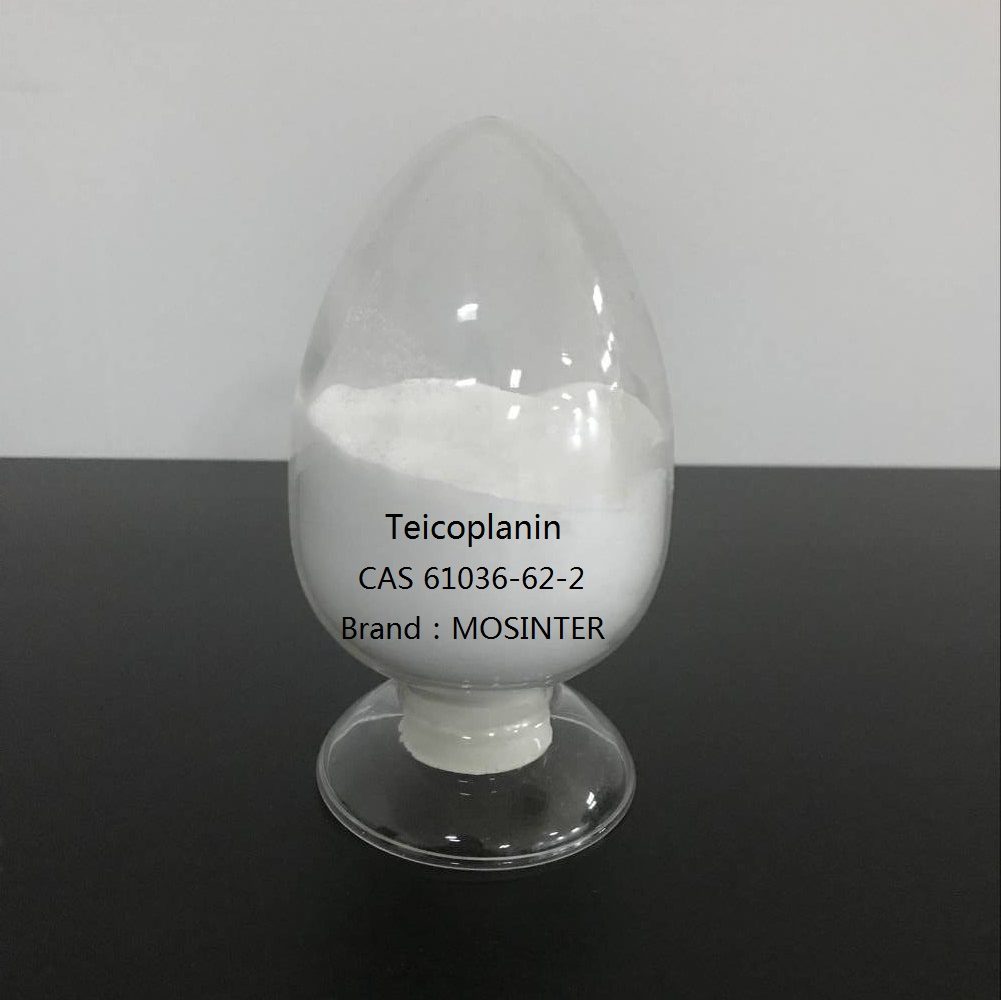
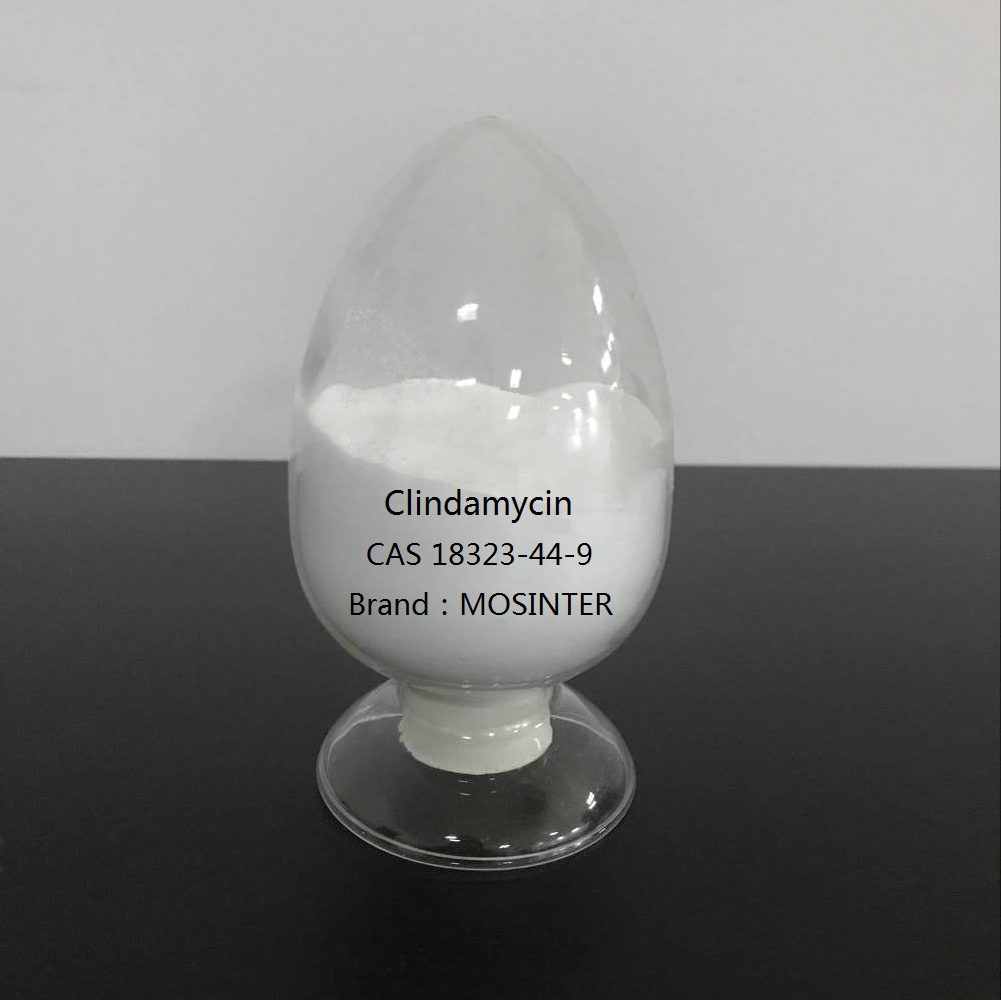
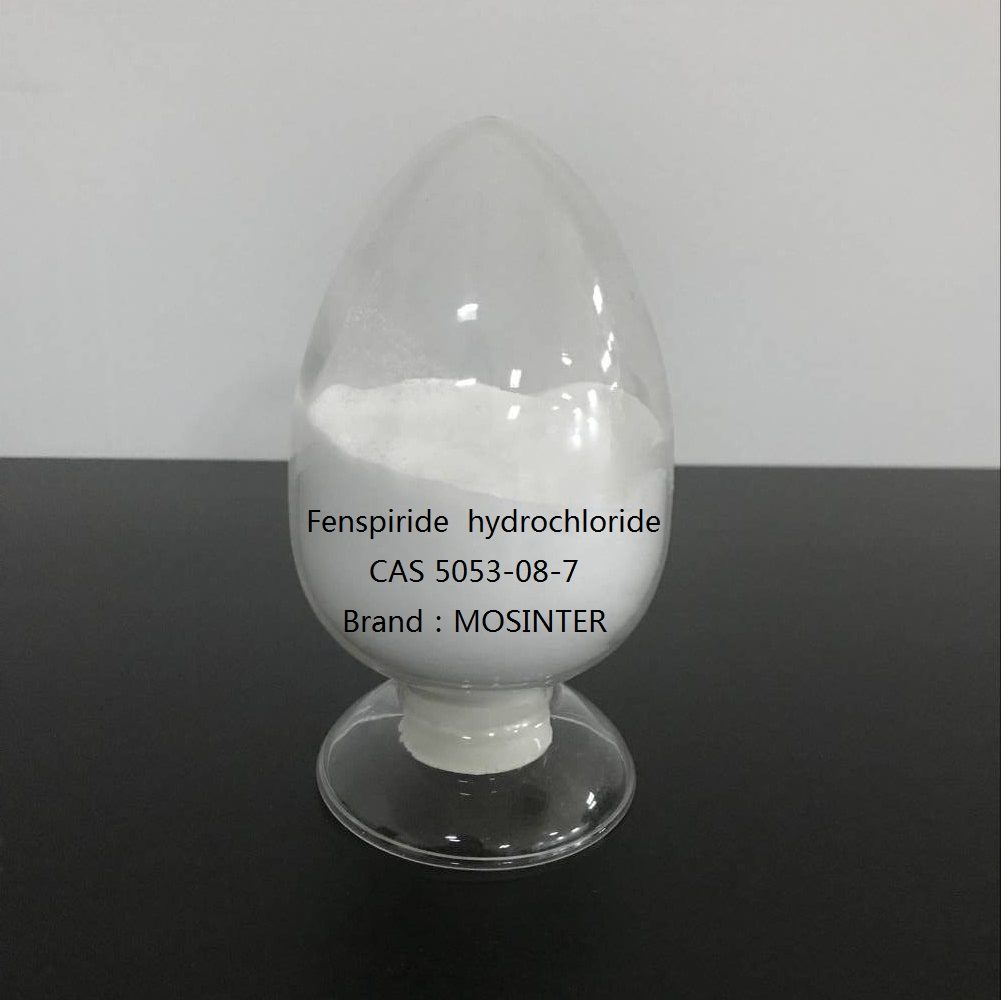
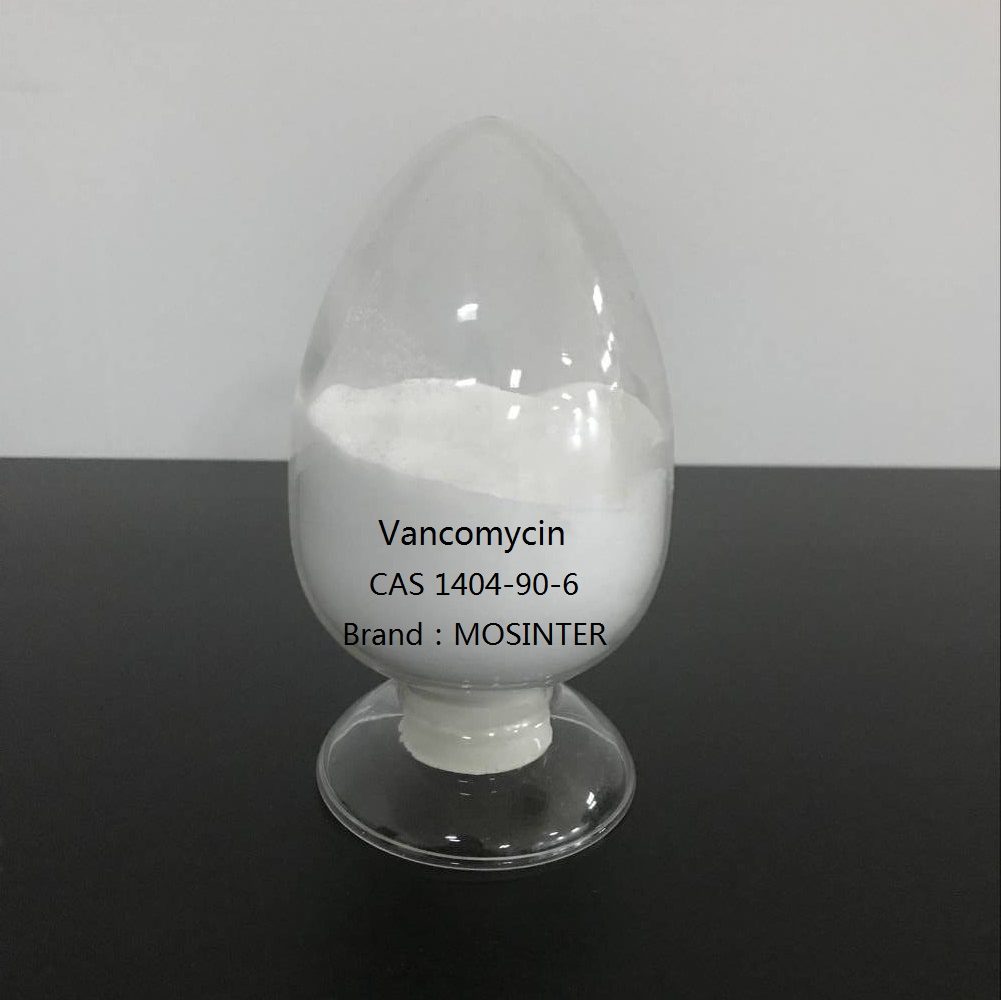
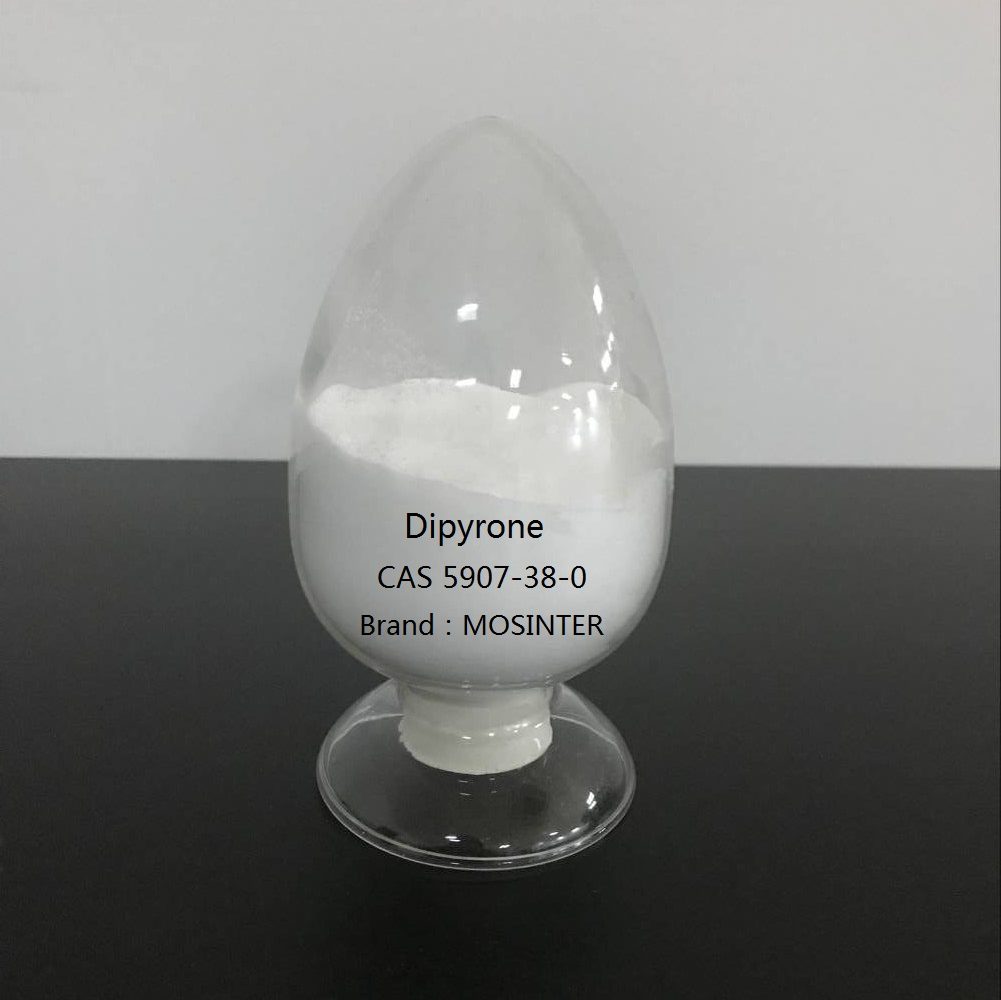
Reviews
There are no reviews yet.